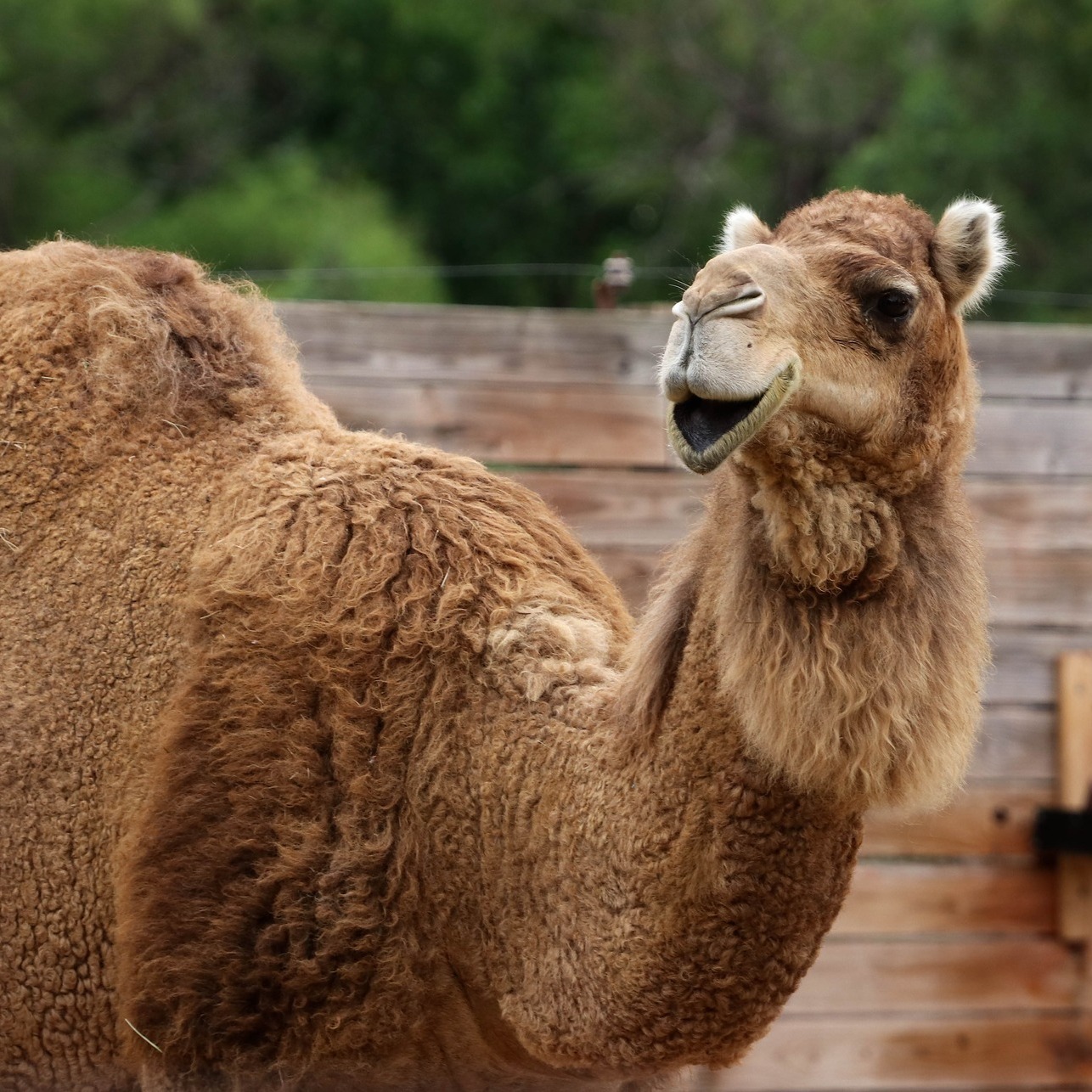Summary:
– The origin and significance of Guess what day it isss! 🐪
– The unique anatomy and characteristics of camels
– Camel adaptations to survive in extreme environments
– Interesting facts about camels and their role in different cultures
– The conservation efforts to protect camel populations
Guess what day it isss! 🐪 Is there anyone who doesn’t immediately think of hump day when they see those words? This catchy phrase has become an internet sensation, generating smiles and chuckles all around the world. But have you ever stopped to wonder why camels have become synonymous with Wednesdays? Or maybe you’re curious about these fascinating creatures themselves? Today, we’re going to dive into the unique and captivating world of camels, exploring their origins, incredible adaptations, cultural significance, and the conservation efforts aimed at protecting these majestic beasts.
Camels, often referred to as the “ships of the desert,” have a long and storied history that dates back thousands of years. They are native to the arid regions of the Middle East and North Africa, where their ability to endure long periods without water has made them an invaluable mode of transportation. It is this incredible resilience that resonates with people when it comes to Guess what day it isss! 🐪, as Wednesdays can sometimes feel like the toughest part of the week, and camels symbolize the ability to “get over the hump.”
Perhaps the most striking feature of camels is their humps. Contrary to popular belief, these humps are not filled with water. Instead, they store fat, which the camel’s body can metabolize when food and water are scarce. This adaptation allows camels to go without drinking for extended periods, making them perfectly suited for survival in harsh desert environments. The humps also act as insulation, preventing heat from reaching the rest of the camel’s body and keeping them cool.
But the awesomeness of camels doesn’t stop at their humps. These giants of the desert have several other fascinating adaptations that enable them to thrive in extreme conditions. One such adaptation is their tough, leathery pads on their feet, which protect them from the scorching hot sand. Their long, slender legs also help distribute their weight, reducing the risk of sinking into soft desert terrain. Additionally, camels’ nostrils can be tightly sealed to prevent sand from entering, and their large, bushy eyebrows and long lashes shield their eyes from blowing sandstorms.
Camels have not only captivated our imaginations with their incredible adaptations but have also played essential roles in various cultures throughout history. In the Middle East, these magnificent creatures are highly revered, often seen as a symbol of wealth, prosperity, and endurance. They have been domesticated for centuries, serving as reliable means of transportation, carrying heavy loads across vast deserts. They have even been used in battles and played vital roles in trade routes, connecting civilizations and enabling cultural exchange.
In addition to their historical significance, camels remain crucial to the sustainable development of many communities in arid regions. With their ability to produce milk, meat, and wool, camels provide valuable resources to nomadic herders who rely on them for their livelihoods. Furthermore, camel tourism has gained popularity as a means to support local economies while raising awareness and appreciation for these remarkable creatures.
Despite their cultural importance and countless adaptations, camels face various threats in the wild. Habitat loss, climate change, and illegal hunting all contribute to the decline of camel populations around the world. However, conservation efforts led by organizations and individuals are making a significant impact in protecting and preserving these charismatic animals. From establishing protected areas to implementing sustainable management practices, these initiatives aim to secure a future for camels in their natural habitats.
Guess what day it isss! 🐪 may have started as a funny internet trend, but it has shed light on the incredible world of camels. These resilient creatures have adapted to some of the harshest environments on Earth, offering valuable resources to human communities and capturing our hearts with their unique charm. As we celebrate hump day, let us also remember the importance of conservation in ensuring the survival of these majestic animals. So, next time Wednesday rolls around, take a moment to appreciate the camels and their remarkable journey across the desert sands.
*****
Source Description
Guess what day it isss! 🐪

